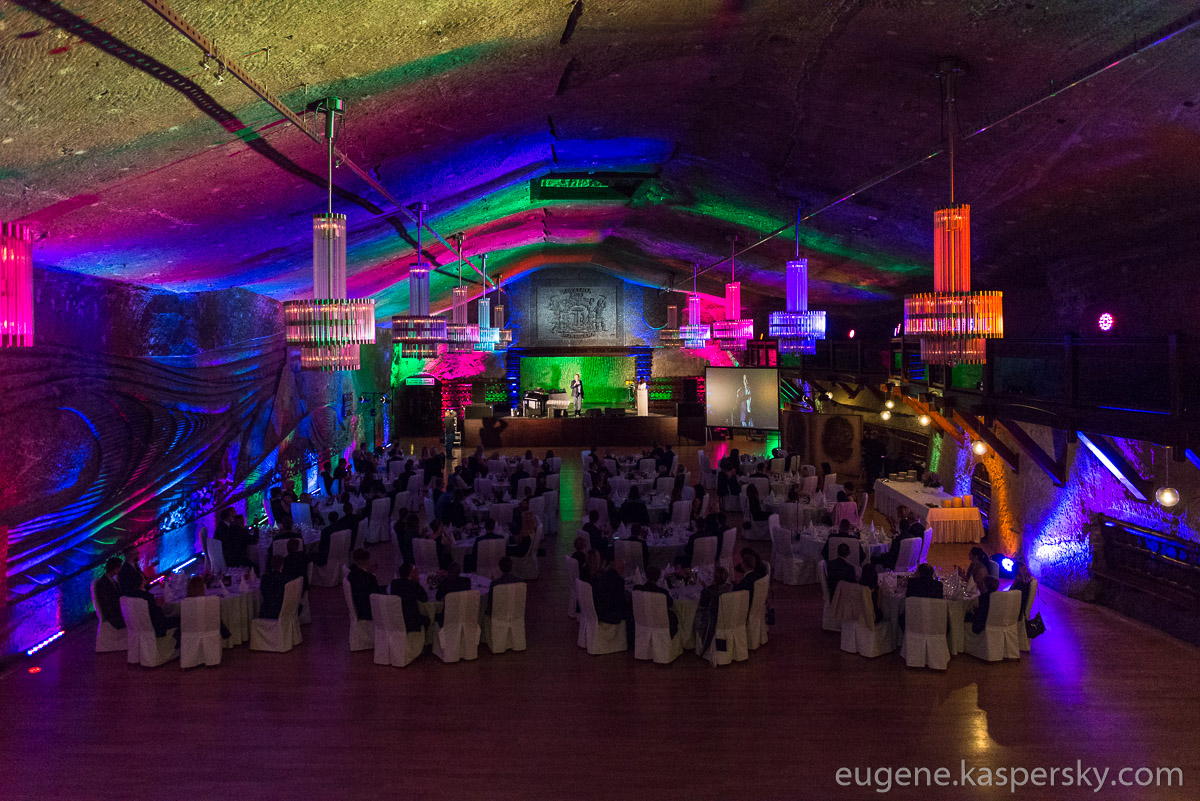October 17, 2016
Darwin’s Patent Panopticon. – pt. 2.
The patent ‘landscapes’ of different countries can curiously differ aplenty, with each country’s inventions have a specific ‘aftertaste’.
For example, US patents are generally characterized by their being practical, with a sometimes very utilitarian slant, and with pedantic attention to detail. You can see all that for sure in my Superlatively Subjective Top-5 Most [insert the appropriate] Patents Ever :).
Russian inventors on the other hand can be generally characterized by their ambitiousness – sometimes even to the extent of having ‘cosmic’ yearnings in trying to change the world, the planets, the universe – but ‘cosmic’ also in the sense that their inventions can be zanily ‘out of this world’ crazy. Need convincing? Ok, I’ll convince you – with another Top-5 – this time of Russkie patents…
And we’re off…
The Superlatively Subjective Top-5 Most [insert the appropriate] Russian Patents… Ever!
No. 5: Holy Moses!
Russian Patent Application No. 2013144180: ‘A method for ensuring the survival of Homo Sapiens and preservation of the gene pool of living organisms on planet Earth in conditions of worldwide flooding, global glaciation or other unexpected natural catastrophes’. Oh my gene pool!
You think the title’s long? Wait till you get a load o’ dis: the summary on the first page of the application is made up of just one sentence – containing 1182 letters! I really do sympathize with Russian patent lawyers who have to try and work out just what the *)&%^(+#!@! the author is on about. I mean, this one – somewhere in the middle of it you forget what the first bit was saying, so you stop and read it again – and again – and take notes in the margin in order not to lose track. I read it five times, and can now proudly ‘undertake to articulate the underlying essence of’ the invention in four words: a matrioshka-doll-like… ark :).
The device is to be crammed with microorganisms, seeds, animals, three Home Sapiens and other ‘genetic resources’, and installed at the top of the world’s tallest mountain out of harm’s way.
But what if the elements get a real strop on and even flood the mountains too? Well, then an inflatable dinghy would be jettisoned from the ark to sail about on the water’s surface until the level of the water falls sufficiently. Looks like they’ve thought of everything.
PS: Quote: ‘and after stabilization of the life conditions on the surface of the earth, the members of the team would descend the staircase down the mountains and a new era of renewal of life on the Earth would begin’.
PPS: Rospatent didn’t mess about in throwing this application out: it realized the serious trolling going on, and rejected it based on the lack of an invention. I was quite surprised prior art going back to the Bible wasn’t given as a reason :).
No. 4: They need to quit smoking not just tobacco.
‘If you wanted to quit smoking, but something always stopped you from doing so… well, now nothing can get in your way!’ That’s Patent RU2231371 in a nutshell.
I’m not sure I, nor anyone else in the world – including the authors! – know what the heck this one’s about, so, I’ll just quote the text so you can see what we’re all up against!
‘The contents of a vial of solution of calcium chloride after the ritual smoking of one’s last cigarette is poured into a container with a water solution of tobacco smoke, at end of the fifth or sixth day of not smoking, the doctor conducts a final session of hetero-auto-training, moreover, instead of the container ‘water of life’ in the final session the patient uses a third container, called ‘Word’, with a vial of 10ml 1% solution of dioxydine. The formula of autosuggestion is changed for the formula of a vow: ‘I’ve quit smoking’. After the final session the patient carries out a ritual of self-coding, for which is used 50ml of water solution of tobacco smoke and calcium chloride, into which is poured out from the vial the solution of dioxydine…’
Seriously?
I mean, just what were they smoking? Where was this written? An Amsterdam coffee shop? Colorado? Or, maybe the utter incoherence is a side-effect of quitting smoking using this method? Well, no matter really: the patent expired as the state duty didn’t get paid (“Dude, did you pay the duty?” “Duty? What duty, man? I’m not due tea; I want an espresso, man.”)
No. 3: Machine gun dung!
What can’t you do in a tank? Rather a lot, actually; it’s easier to think of what you can do in a tank and rule out the rest.
So, like, what if you need to… you know – use the bathroom? I mean, you really need to go and just can’t wait? Well, you can’t just leave the tank for a few minutes can you?…
… Enter patent RU2399858, which offers to ‘remove waste of the vital functions of a tank crew via an artillery installation’! And here’s the main thing: without depressurization of the tank!























